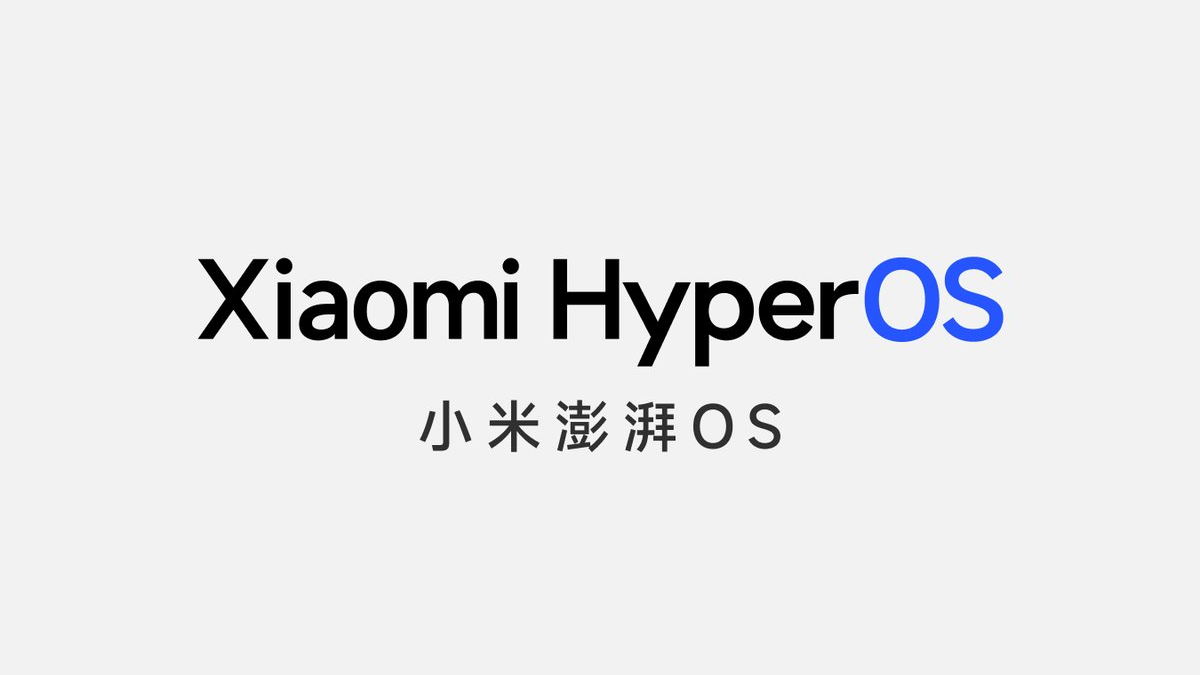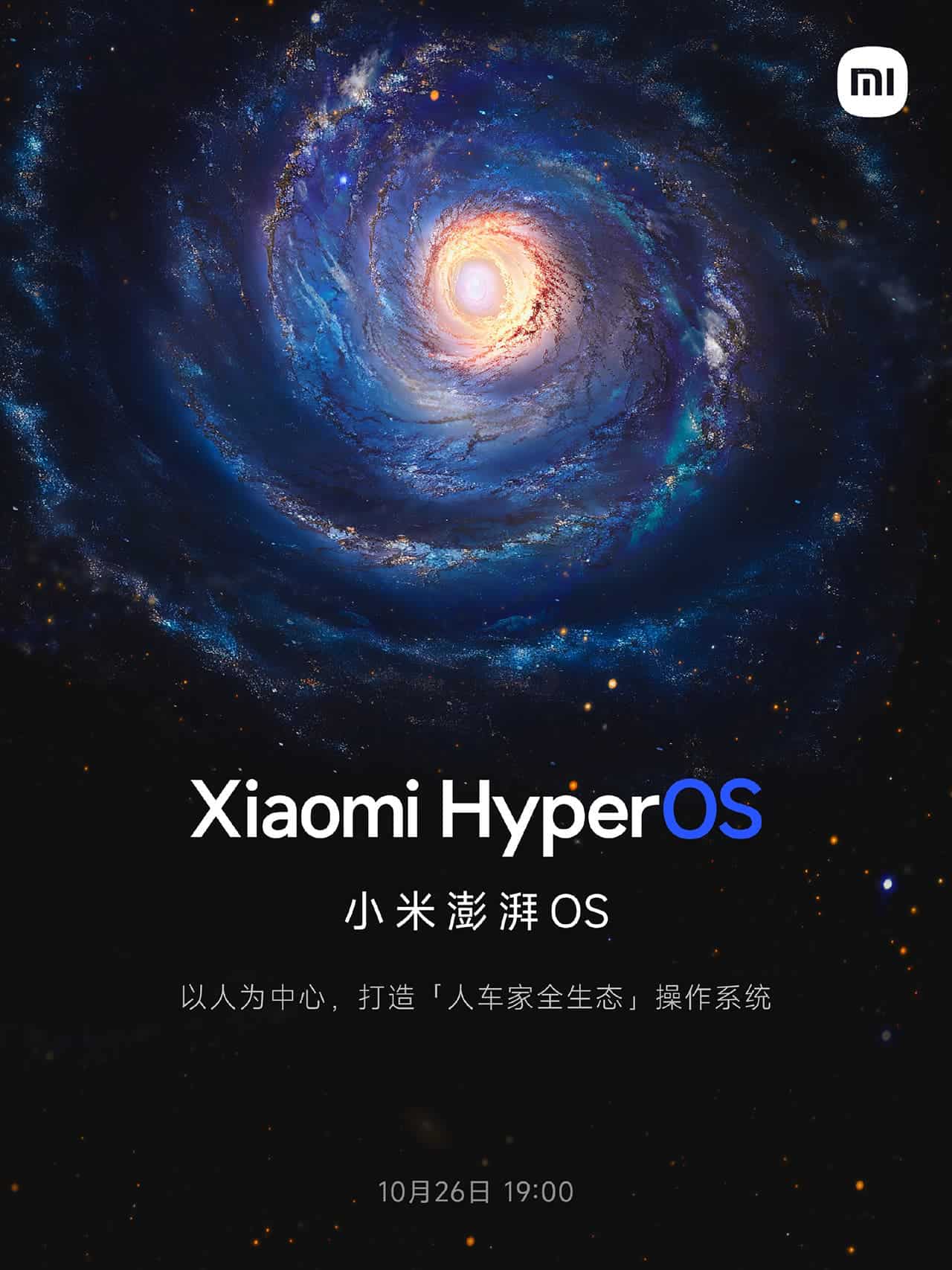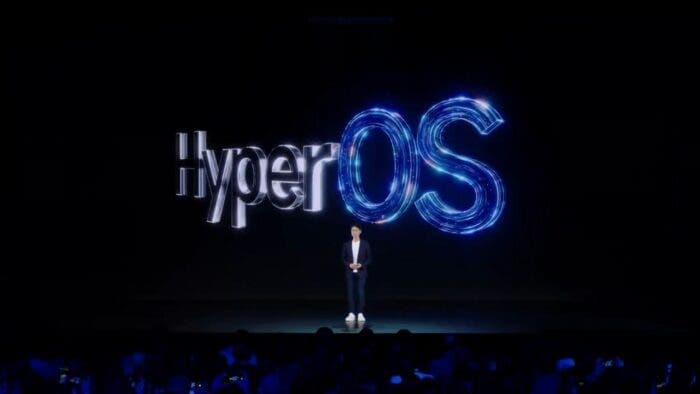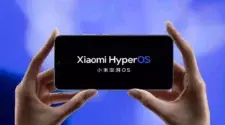Out with the old and in with the new! Xiaomi enthusiasts, it’s time to bid adieu to MIUI and give a warm welcome to HyperOS, the latest operating system from the Xiaomi ecosystem. While we have had a glimpse of what HyperOS has to offer, the true test will have to wait until 2024 when it is set to debut alongside the highly anticipated Xiaomi 14 and Xiaomi 14 Pro flagships. The list of compatible devices is extensive, promising a wide reach for this innovative platform. In its unveiling, HyperOS showcased some promising features, including its unifying nature, the versatility of its Linux-based open-source kernel, its minimalist design, and the integration of artificial intelligence. However, the real question that remains unanswered is how HyperOS will perform in the everyday life of Xiaomi smartphone users in comparison to their experience with MIUI.
From MIUI to HyperOS: What we want from the new Xiaomi’s OS

MIUI has been a good operating system for Xiaomi, but there are certain areas that could use some improvement. Xiaomi has a unique opportunity with HyperOS to address the shortcomings of MIUI.
1. Reduction of Bloatware
While MIUI is known for being feature-rich, it is also notably heavy, particularly on devices in the lower-end price range. A significant part of this weight can be attributed to the pre-installed applications and games that many users do not need or use. Xiaomi does allow users to uninstall much of this bloatware, but it would be even better if these unnecessary applications did not come pre-installed in the first place.
As we catch glimpses of HyperOS in action on various devices, it remains uncertain how much bloatware will be preloaded on smartphones. However, a reduction in the number of pre-installed apps, especially those that duplicate Google’s offerings, would be a welcome change.
2. Speedier Updates
Xiaomi has entered the race to offer longer periods of updates to its users, promising up to four years of Android updates and five years of system updates for certain models. However, the challenge lies in delivering these updates in a timely manner. Xiaomi often lags behind Google’s update cycles, given its extensive system customizations and a broad product catalog. With HyperOS, it is hoped that Xiaomi will enhance its ability to provide faster system updates while maintaining compatibility across its devices.
3. Reduction of Ads
Ads have long been a pain point for MIUI users. Xiaomi has taken steps to reduce their presence, but system ads still manage to make their way into the user experience. The question arises: is it necessary for users to encounter ads when installing applications or during other tasks?
It’s important to recognize that ads have been a means to offer more affordable devices and generate additional revenue. Still, users would greatly appreciate further reductions in intrusive advertisements within the system.
4. Enhanced Privacy
HyperOS aims to improve user experience through unification and understanding, but it also places a high priority on user privacy. While it is common to accept a user agreement and privacy policy for each device, there are also optional policies, such as those related to personalized ads, user experience programs, and individual agreements for pre-installed applications. Even the app designed to clean your phone comes with its own privacy agreement.
The multitude of terms and conditions can be overwhelming, and many users tend to overlook them. It would be advantageous for Xiaomi to streamline and simplify its privacy policies, making them more user-friendly and comprehensible.
5. Hardware Optimization
Xiaomi has been known for providing powerful hardware at competitive prices. However, two persistent issues have plagued users in the €150-€300 price range: excessive RAM consumption and suboptimal battery optimization within MIUI.
Firstly, the additional RAM in Xiaomi devices often goes underutilized, especially in older or mid-range phones. HyperOS, as per its presentation, is designed to work seamlessly on a wide range of devices and is expected to address RAM consumption issues.
Secondly, battery optimization is essential to extend a device’s battery life, but over-optimization can sometimes result in the sacrifice of crucial features and notifications. Achieving a balance between battery life and functionality is key. And with HyperOS, we hope to see improvements in this regard.
Things we hope that Xiaomi include in its new HyperOS operating system

Xiaomi is one of the most popular smartphone manufacturers in the world, and its MIUI operating system is one of the most popular custom ROMs. However, MIUI has been criticized for being too heavy and bloated. And for not being as smooth and fluid as other operating systems like OxygenOS and LineageOS.
Gizchina News of the week
In response to these criticisms, Xiaomi is rumored to be developing a new operating system called HyperOS. HyperOS is said to be a lightweight and fluid operating system that will be more focused on performance and battery life than MIUI.
Here are some of the things we hope that Xiaomi includes in its new HyperOS operating system:
- A lightweight and fluid design: HyperOS should have a lightweight and fluid design that is easy to use and navigate. It should also be less bloated than MIUI, with fewer unnecessary features and customizations.
- Improved performance: HyperOS should be faster and more responsive than MIUI. It should also be more efficient in terms of battery life.
- A more stock Android experience: HyperOS should offer a more stock Android experience than MIUI. This means that it should have fewer customizations and pre-installed apps.
- More timely updates: HyperOS should receive timely updates from Xiaomi. This is something that MIUI has been criticized for in the past.
- Better support for third-party apps: HyperOS should offer better support for third-party apps than MIUI. This means that it should be easier to install and use third-party apps on HyperOS.
In addition to the above, here are some other specific features that we would like to see in HyperOS:
- A system-wide dark mode: A system-wide dark mode is one of the most requested features by MIUI users. We would like to see a well-implemented system-wide dark mode in HyperOS.
- A more customizable theme engine: The MIUI theme engine is powerful. But it can also be confusing and difficult to use. We would like to see a more user-friendly and customizable theme engine in HyperOS.
- Improved gesture navigation: The gesture navigation system in MIUI is not as good as the gesture navigation system in OxygenOS or LineageOS. We would like to see a more polished and user-friendly gesture navigation system in HyperOS.
- More features for power users: HyperOS should offer more features for power users, such as the ability to unlock the bootloader, install custom ROMs, and root the device.
- Better support for older devices: Xiaomi should provide timely updates and support for HyperOS on older Xiaomi devices.
Overall, we are excited about the prospect of a new operating system from Xiaomi. We hope that HyperOS will be a lightweight, fluid, and stock Android experience with improved performance and battery life. We also hope that Xiaomi will address some of the criticisms of MIUI by offering a more user-friendly theme engine, improving gesture navigation, and providing more features for power users.
Additional thoughts
In addition to the above, here are some other thoughts on what we hope to see in HyperOS:
- A focus on privacy and security: HyperOS should have a strong focus on privacy and security. This means that it should have features like built-in ad blocking, app permissions management, and encryption by default.
- Support for new technologies: HyperOS should support new technologies like 5G and foldable displays.
- A long-term roadmap: Xiaomi should have a long-term roadmap for HyperOS, with a clear plan for updates and support.
We hope that Xiaomi will take our feedback into consideration when developing HyperOS. We believe that HyperOS has the potential to be one of the best operating systems for smartphones. And we are excited to see what Xiaomi comes up with.
In Conclusion
Xiaomi’s transition from MIUI to HyperOS is an exciting development for users and enthusiasts. While MIUI has served Xiaomi well, the advent of HyperOS brings forth the potential for addressing longstanding issues and offering an enhanced user experience. With a promise of fewer pre-installed apps, faster updates, reduced ads, improved privacy policies, and refined hardware optimization, Xiaomi has the opportunity to deliver a more streamlined and user-centric OS. As we look forward to 2024 and the release of the Xiaomi 14 and Xiaomi 14 Pro, it will be interesting to see how HyperOS shapes the future of Xiaomi smartphones and the broader Android ecosystem.






Who design an alarm clock interface asking the user whether they want to turn off 24 hours only or forever?